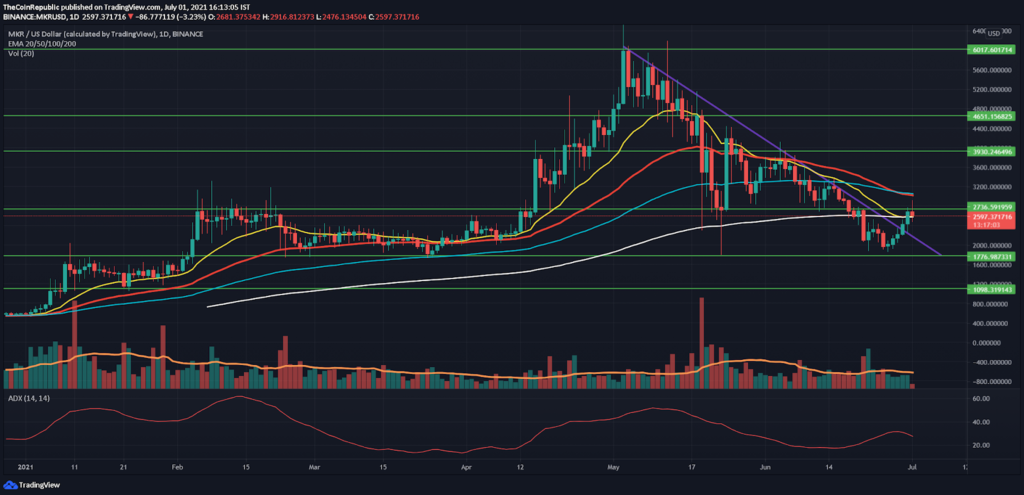

The other decision is in the formula that is used to average prices over time. It’s a sign of a market that’s turning bearish. On the flip side, when the 50-day moving average crosses down through the 200-day moving average this is said to be a death cross. It signifies to many the possibility of a new bull market. When the 50-day cross up through the 200-day moving average this is said to be a golden cross. Perhaps the most common pairing is the 50-day verses the 200-day moving average. Yet this is of little use because as we all know the past is not necessarily a reliable predictor of the future. In hindsight we can always back test a market to find some unique moving average pair that will create a profitable strategy. The first and most basic problem that a crossover trader faces is which moving average pair to use. The purpose of the average lines is to smooth out the random movements and discover the underlying price trends. The reason for using the averages rather than the price is that in real markets, trends do not move in straight lines but rather follow meandering paths with many false stops and starts. Some might say why not just look at the price, because that tells us instantaneously what’s happening. After the crossing, all three lines then follow the same path as the trend continues upwards. The blue, or fast moving average, is the first to react. This implies that the trend is falling or becoming bearish.Īt time t+4, the trend changes again and this produces a bullish crossover. This takes place when a fast moving average crosses down through a slow moving average. In the chart above, time t+2, and t+3, show a bearish crossover. Crossover EventsĪ crossover occurs when two different moving average lines cross over one another. The longer the period of the average, the more stable the line is but the slower it is to react to changes. Moving average 2, the red is a slow moving average because it takes a larger sample of points and therefore has a slower reaction time to changes in price. Moving average 1, the blue line, is a fast moving average because it uses fewer data points, or a shorter time period in its calculation. The length of time that the moving average uses in its calculation is the period. The blue line is the first to react to the price turning followed by the red line.

The price, moving average 1 and moving average 2 are now all on the same path again after the price changed direction from rising to falling.įinally at time t+4, the price starts to rise again and the same process happens again but in reverse. Meanwhile at this time the red line (MA 2) is still rising.Īt time t+3, all three lines are falling. Notice that the blue line (MA 1) starts to fall next after the price line. At time t+2, the price line starts to fall. Figure 1: Process of moving average crossover © forexopĪt time t+1 there are three straight lines, the price, the moving average 1 (MA 1) and the moving average 2 (MA 2).


 0 kommentar(er)
0 kommentar(er)
